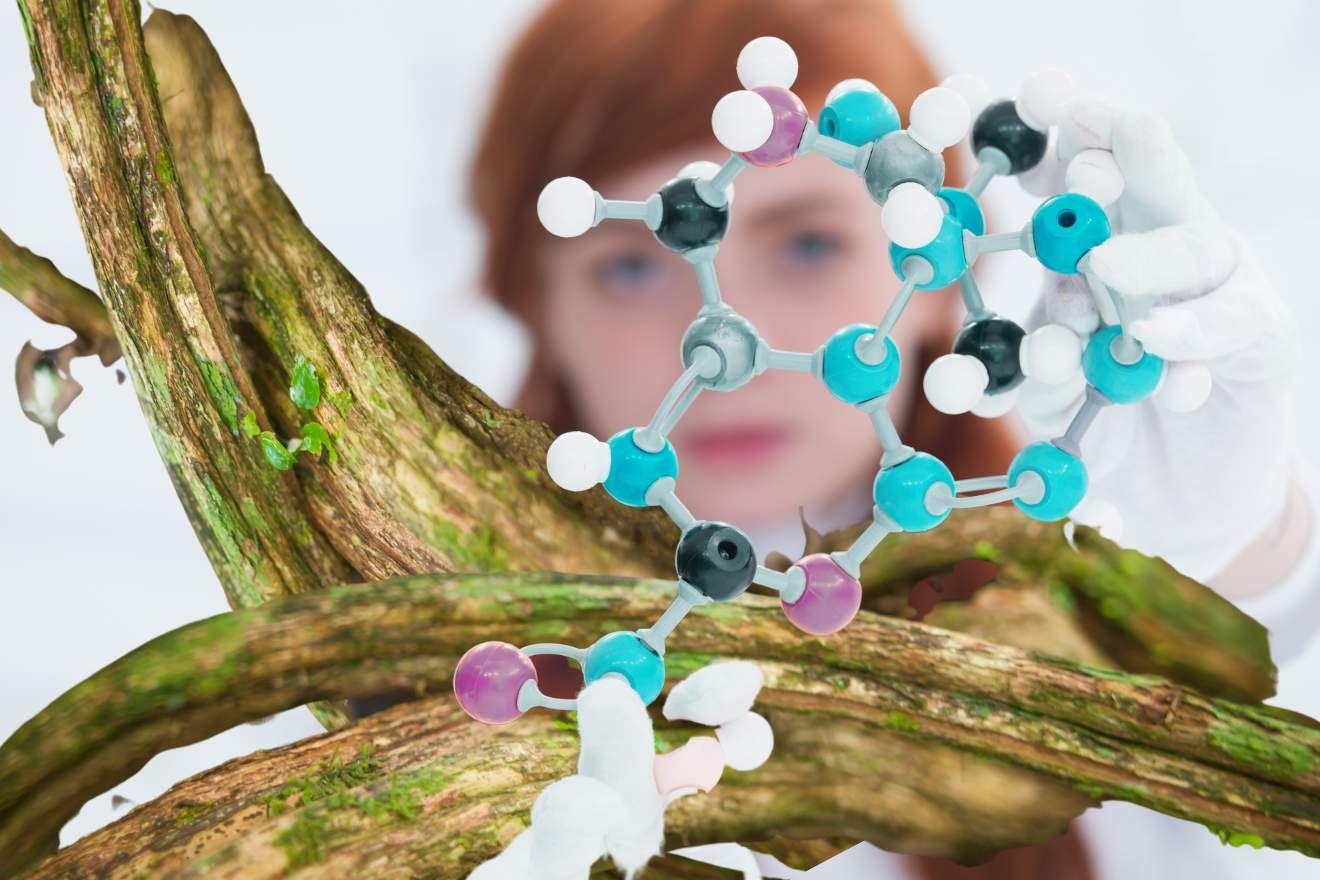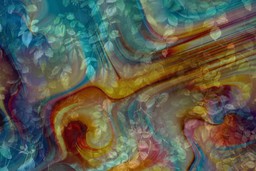Plant and fungi combinations have been concocted and combined for millennia throughout Indigenous and traditional plant medicine practices. Among these combinations, Monoamine Oxidase Inhibitors, or MAOIs figure prominently. Ayahuasca is a strong psychoactive brew that combines the Banisteriopsis caapi vine. This vine contains MAOIs, with various other plants containing the psychedelic compound DMT (N-N dimethyltryptamine). Yage is another similar brew found among various Indigenous cultures in South America. It holds the DMT/MAOI combination to deliver, what are often, profoundly transformational experiences.
Plants with MAOIs
The MAOIs found in the Banisteriopsis caapi vine inhibit the digestive system’s ability to break down the DMT. This enables it to be absorbed and metabolized, inducing strong psychoactive effects when ingested orally. Without the MAOIs, the DMT would not be bioavailable and there would not be the signature psychoactive effect. So—it’s the magical combination of the two plants, of the some 70,000 species in the Amazon jungle, that create the powerful non-ordinary state of ayahuasca consciousness. Through the DMT and MAOI combination in ayahuasca and a layered framework of energy work and song, ceremonial participants often experience complex, challenging, and sometimes life-changing journeys. These are characterized by otherworldly visions, deep introspection, emotional processing, energetic releases, and profound shifts in belief systems and relationships with Consciousness.
Another common plant ally and MAOI is Syrian Rue, also known as Peganum Harmala. Prolific across Europe, Asia, and North Africa for millennia, the perennial Peganum harmala has a lot in common with ayahuasca. The two entheogens share a similar molecular structure. They are well-documented as being associated with spiritual and healing ceremonies across various cultures.
While ayahuasca is the most well-known example, other plant-based psychoactive substances and traditional practices from different cultures also involve the use of MAOIs. For instance, certain African traditions utilize plants containing an MAOI combination with other psychoactive plants for spiritual and healing purposes.
Amid the recent psychedelic renaissance, a renewed focus on these traditional practices and substances has accelerated dramatically. Researchers are investigating the potential therapeutic applications of MAOIs and psychedelics for conditions such as depression, anxiety, PTSD, and addiction. Still relatively early in development, more research is needed to fully understand the risks and benefits associated with these substances in a therapeutic context.
Fungi Combined with MAOIs
Psilocybin is another psychedelic substance that has been explored in combination with MAOIs for therapeutic and spiritual purposes. Like DMT, psilocybin is metabolized and broken down by monoamine oxidase enzymes in the body. When combined with MAOIs, the breakdown of psilocybin is inhibited, leading to prolonged and intensified effects.
Proceed with caution when considering using psilocybin-containing mushrooms in combination with MAOIs – there are potential health risks. These include the development of a dangerous condition called serotonin syndrome, characterized by an excess of serotonin in the brain. It can result in symptoms such as agitation, confusion, rapid heart rate, high blood pressure, and even life-threatening complications such as high fever or seizures. In some cases, severe serotonin syndrome can be fatal if not recognized and treated quickly. It is important to know your facts and understand the need for harm reduction and safety protocols when combining psilocybin-containing substances with MAOIs – or only do so under proper medical guidance and supervision.
There are historical and cultural examples of Indigenous communities using psilocybin-containing mushrooms in combination with MAOIs in their traditional practices. These instances demonstrate the profound relationship between certain plant medicines, MAOIs, and non-ordinary states of consciousness. Fast forward to today and the contemporary surge in plant medicine interest and we bear witness to psychedelic and popular mass media reporting on the potential dangers of combining these substances, leading to increased awareness around harm reduction and safe, intentional medicine usage.
Research on Psychedelics and MAOI Combinations
Recent research into combining psilocybin and reversible MAOIs in clinical settings investigates using reversible MAOIs to alter the metabolism of psilocybin, potentially enhancing the therapeutic effects of the psychedelic experience. This area of research is part of a broader effort to understand the intricate pharmacology of psychedelics and how they interact with different systems in the brain.
The use of MAOIs, whether in combination with psilocybin or other psychoactive substances, should only be considered under the supervision of a qualified medical professional or a medicine guide very well versed in how these substances interact in the brain and body. The potential risks and interactions are significant, and individual responses can vary widely. As the field of psychedelic research and therapy evolves, researchers and medical experts continue to study these interactions to ensure that any potential benefits are balanced with the necessary safety measures.
Other Plant Allies Complement Psychedelics
Aside from MAOIs, other plants and plant allies are often combined with psychedelics to enhance the plant medicine experience. For example, within ayahuasca and yage circles, nicotiana rustica is smoked and referred to as mapacho It’s a common ingredient in rapé, a smokeless tobacco powder that’s used as a snuff and inhaled through the nose. Cannabis is another plant ally that can be used intentionally with psilocybin at the tail end of an experience to help with sleep and integration. And there are many herbs, fungi, teas, and tinctures that are non-psychoactive and highly complementary to psychedelics.
From essential oils and incense to sage, lavender, and palo santo, there are a host of plant formulations and blends designed to cleanse and change energy within containers of sacred medicine work. And let’s not forget the post-psychedelic experience, where our friends, the plants, provide us with a feast of fresh fruit after an all-day fast and journey—it truly does taste like nectar of the Gods.
Safety and Caution Warranted when Combining Substances
Safety should also be the first consideration when using plant medicine. It’s important to note that the use of MAOIs, especially in conjunction with certain foods and medications, can pose serious health risks, including interactions that may lead to a hypertensive crisis. Therefore, caution and proper medical guidance are essential when considering the use of MAOIs in any context. Furthermore, MAOIs should never be taken in combination with selective serotonin reuptake inhibitors (SSRIs), serotonin-norepinephrine reuptake inhibitors (SNRIs), or other MAOIs as this significantly increases the risk of serotonin syndrome.
Always work with your prescribing physician if you’re on any prescription medications before taking any psychedelic substance. And if you’re interested in learning more about Harm Reduction, be sure to take Psychedelic Support’s free, Harm Reduction Course.







